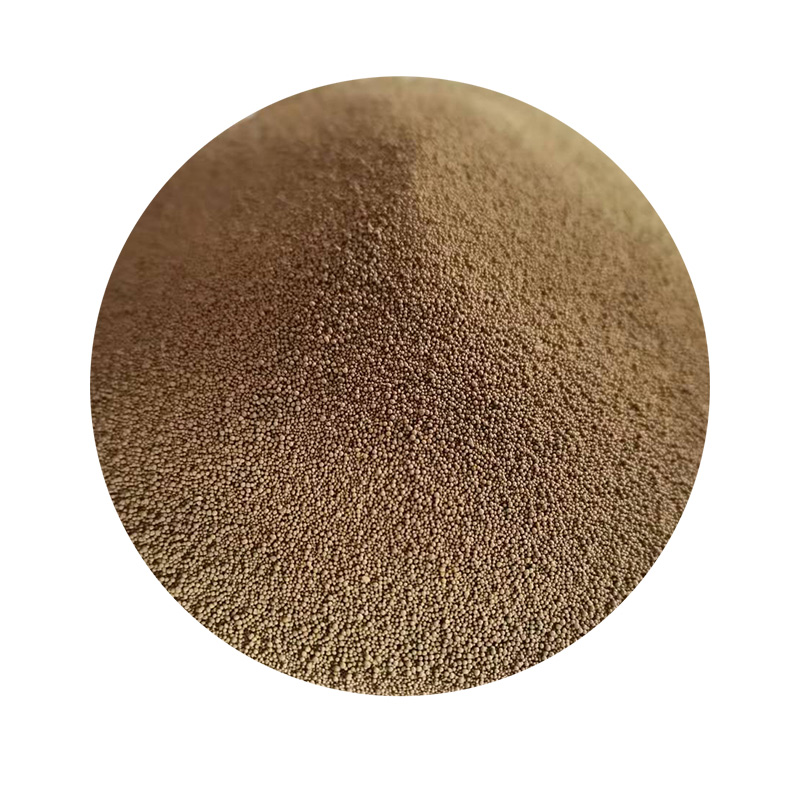Can I Sand Resin? A Comprehensive Guide
When it comes to crafting and DIY projects, resin has become a favored material for artists and hobbyists alike. Its versatility allows for stunning creations ranging from jewelry to furniture. However, one question that often arises in the resin community is Can I sand resin? The answer is yes, but there are some important considerations to ensure you achieve the best results.
Understanding Resin
Before diving into the sanding process, it’s crucial to understand what resin is. Typically, resin refers to a mix of two components a resin and a hardener. Once combined, these ingredients undergo a chemical reaction that causes them to harden into a solid form. This solid form can be either flexible or rigid, depending on the specific type of resin used. Epoxy resin is particularly common in crafts due to its clarity and strong bonding properties.
When to Sand Resin
Sanding resin is often necessary when you want to achieve a smooth finish or when you need to correct imperfections such as bubbles, uneven surfaces, or scratches. Ideally, sanding should be done after the resin has fully cured, which can take anywhere from a few hours to several days, depending on the resin type and environmental conditions.
Choosing the Right Sandpaper
When it comes to sanding resin, the choice of sandpaper is critical. Start with a coarser grit sandpaper, such as 80 to 120 grit, to remove larger imperfections. Once the surface has been evened out, gradually move to finer grits, such as 220, 400, and eventually up to 1000 grit for a polished finish. The finer the grit, the smoother the surface will become, ultimately contributing to a more professional-looking result.
can i sand resin

Sanding Technique
To achieve the best results, use a light touch when sanding. Excessive pressure can lead to gouging or uneven surfaces. It’s also wise to sand in circular motions rather than back and forth, which can help avoid creating scratches on the surface. If you're working on a larger piece, consider using a sanding block or an electric sander to maintain an even pressure across the surface.
Dust Management
Sanding resin can create a significant amount of dust, which can be hazardous if inhaled. Always wear a mask and goggles to protect yourself from fine resin particulates. Additionally, working in a well-ventilated area or using a dust extraction system can help keep your workspace clean and safe.
Finishing Touches
Once sanding is complete, you may want to apply a polish or topcoat to enhance the resin’s shine and protect it. Many crafters use a resin spray or a dedicated resin polish designed for this purpose. Following the manufacturer’s instructions is essential to achieve the best results.
Conclusion
In conclusion, sanding resin is not only possible, but it’s also a vital step in achieving a polished and professional look in your resin projects. By using the right materials, adopting proper techniques, and prioritizing safety, you can transform your resin pieces into stunning works of art. So the next time you find the need to smooth out your resin creation, remember with the right approach, you can sand resin effectively and beautifully. Happy crafting!
Post time:Th9 . 28, 2024 23:52
Next:Achieving Superior Sand Casting Results through High-Quality Techniques and Materials
